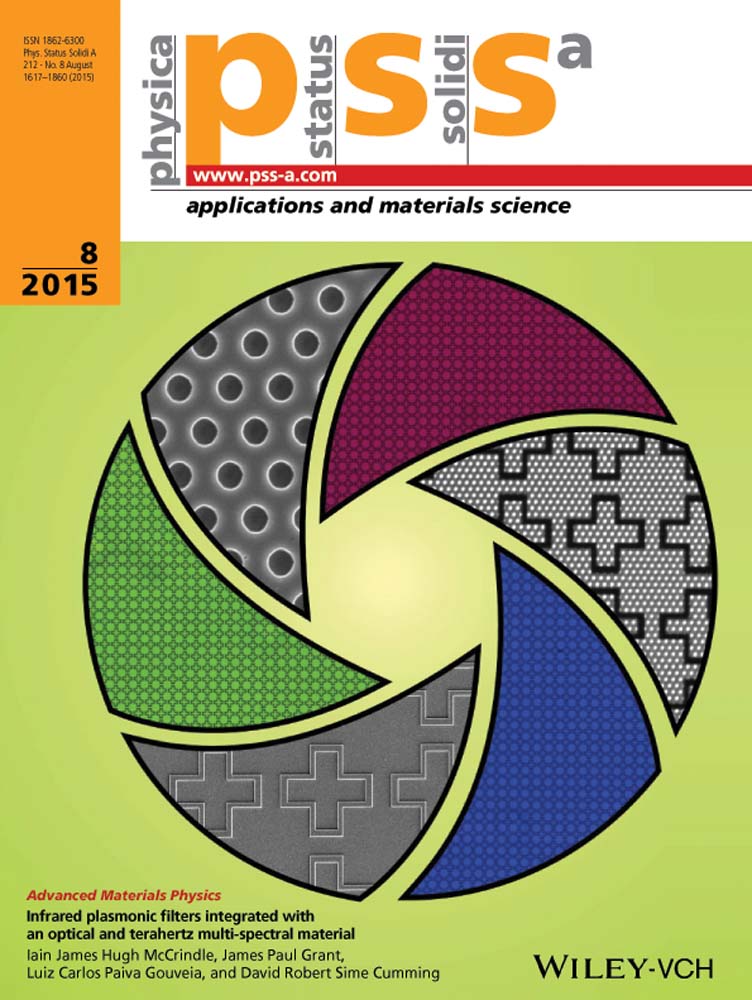Improvement of air stability on solution-processed InZnO thin-film transistors by microwave irradiation and In:Zn composition ratio
Abstract
We investigated the aging effect on solution-processed InZnO thin-film transistors (TFTs) according to In:Zn composition ratio and exposure time in an air environment. In order to improve the aging effect, microwave irradiation (MWI) for post-deposition annealing was introduced as an alternative to conventional thermal annealing and both methods were compared. A dramatic shift in threshold voltage (Vth) and degradation in subthreshold slope values (SS) were observed in devices treated with thermal annealing, whereas the degradation was improved in devices treated with MWI annealing. The improved values were different according to the In:Zn composition ratio. The MWI annealing not only assists with intermolecular bonding, but also suppresses the formation of oxygen vacancy (VO) and the oxygen in hydroxide (MOH) from the X-ray photoelectron spectroscopy (XPS) analysis. The samples annealed by MWI exhibited superior long-term stability in an air environment as well as reliability against gate bias stress. We believe that MWI may be promising for fabrication of devices based on flexible and transparent electronics with the merits of low-temperature processing and excellent electrical performance.




